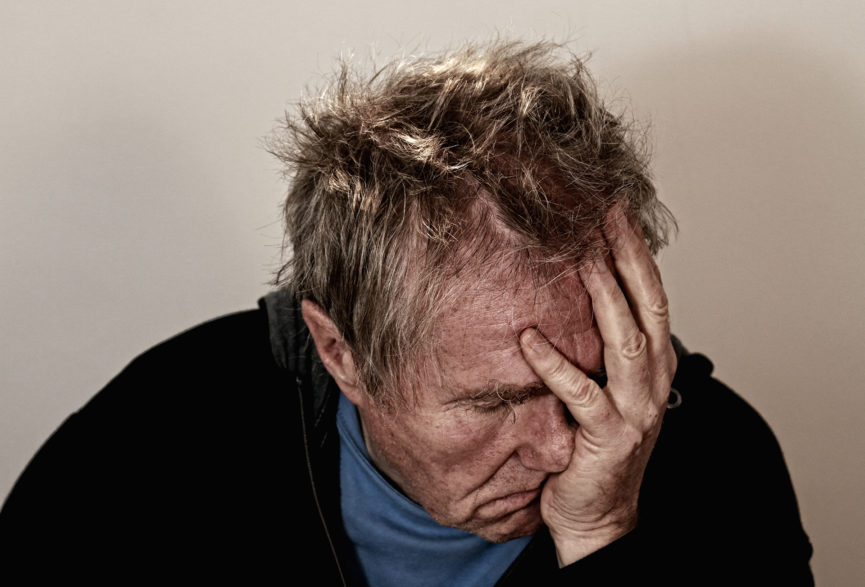“What’s wrong?”
“I’m getting older.”
As we get older we are more likely to ask for help to do physical tasks, and slowly, we stop using our bodies as fully. Before we know it, it’s not a choice to not lift something heavy or take the elevator instead of the stairs. Our bodies stiffen up from lack of use and when we go to bend down to pick something up or reach to lift something up, we find ourselves straining, holding on to something to steady ourselves. We’ve lost flexibility, strength and balance.
So if we assume that we continue to do things for ourselves until we can’t or it’s difficult, what else can we be doing to prevent our bodies from “falling apart?”
1.If you’re healthy, keep moving.
I know that sounds obvious but especially in today’s screen driven and sedentary society, becoming complacent about exercise is too commonly a reason for physical decline. Additionally, while I strongly advocate for ease over force when it comes to using your body, what you are doing for exercise should be appropriately challenging. For example, walking can be great exercise but if it doesn’t feel challenging to you, you may want to consider stepping if up to a jog.
2.If you have an injury, stiffness, or discomfort, address it before it starts limiting you.
Walk don’t run if your knees hurt but also don’t just assume your knees are shot. A large percentage of the population have some type of knee issue – the largest reason for these issues is repetitive usage with improper mechanics. This means that you may be over working certain muscles and under-working others which creates strain on the joint. Maybe you favor one side and your overall posture is what is throwing off your knee(s). If you’re walking and not running because it hurts your knees, figure out why your knees hurt (perhaps with the help of a professional like a Physical Therapist or Pilates practitioner) and learn to move with improved mechanics.
Even if you choose not to run (I don’t love it myself – but I do it!), you still need to walk and hopefully climb stairs, squat etc. so your knees are going to keep needing better mechanics. Limiting the movement in one body area is usually followed by limiting movement in another and another.
3.Having a movement routine doesn’t mean doing the exact same thing every day for the rest of your life.
I can’t tell you how many people wind up with muscular imbalance, pain issues, or injuries despite doing “all the right things.” One of my favorite story of this type was a client who was telling me about a foot exercise she does to increase the strength in the arch of her feet because she collapses her arches. When I looked at her feet, her arches were so high that she was now rolling out on her feet instead of collapsing in. When I asked her who told her she had collapsed arches she said her Physical Therapist did. I ask, “When was that?” She said, “Four years ago.” So what happened is that she had actually over-corrected her initial problem and had created a new one.
This happens similarly with generic fitness exercises as well and the same logic applies. We had a client in his 80s who was literally doing the exact same routine that he did from when he played baseball in his youth. His Youth! So on the one hand, he was still moving and in good condition for his age, on the other hand, his routine was actually exacerbating back issues and contributing to his poor posture and balance. At one time his routine was awesome! By the time he was older, his routine needed to be changed to address his current issues.
So in conclusion, is there a certain amount of deterioration that will happen to our bodies because we are human beings living modern lives and always under the pressure of gravity? Yes. But need we be resigned to falling apart? No.
Have questions about your body or exercise routine? Give us a call at 917-613-1552 or email [email protected]

